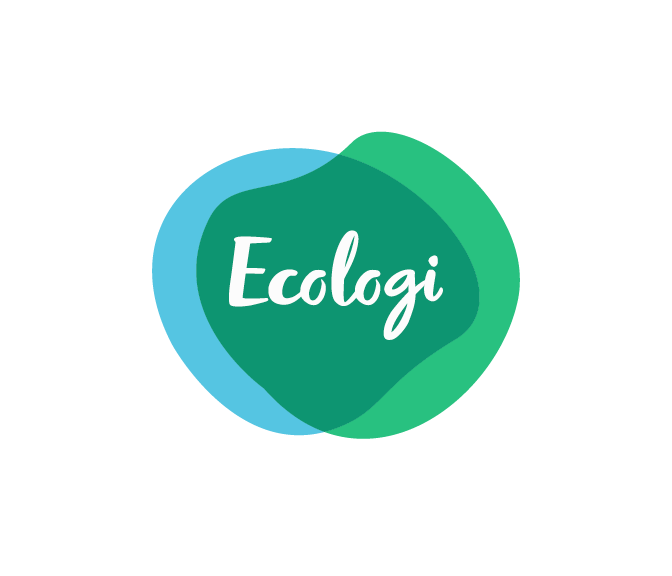
Is there a problem here?
Consider this for a moment: all the plastic that has ever been produced… is still here. All of it. Buried in a landfill. Floating in the ocean. Or worse—slowly breaking down into harmful microplastics. That’s because, depending on the type of plastic and the conditions it’s exposed to, it can literally take hundreds of years to break down, and in some cases—thousands. And we do mean “break down”. Plastic doesn't decompose like natural substances do. It breaks into infinitely smaller pieces, called microplastics, that hang around indefinitely, ultimately finding their way into our food and water, before winding up in us. Yuck. And yet, according to research data published by ACS Publications, plastic waste is accumulating at a rate of nearly 400Mt (that’s megatons) annually. Sure, but we can recycle it, can’t we? Recent Environmental Protection Agency (EPA) figures show that in 2018, only about 9% of all plastics in the US were recycled. Nine percent. That friends, is an awful lot of plastic piling up—and it’s one giant problem.
In 2015, Science published an article detailing research by University of Georgia professor, Jenna Jambeck, PhD. Her observations found that the majority of oceanbound plastic (that’s the plastic extremely likely to find its way into our seas) originates within 50 kilometers (30 miles) of the world’s coastlines. That makes sense when you consider that major cities, population areas and trade centers have been located in close proximity to oceans and waterways throughout history. Dr. Jambeck and her research team were able to quantify, for the first time, the amount of plastic waste making its way into the world’s oceans every year—a staggering 8 million tons—and that number is growing exponentially.
Our company is based in Florida, a state with roughly 8,400 miles of coastline. Much of our identity and livelihood, especially in the southern part of the state, revolves around the ocean—which drives large segments of the tourism industry, as well. Our coastal communities inherently understand the evil of oceanbound plastic. It kills local wildlife, makes its way into the fish we eat (in the form of microplastics), and is an eyesore when floating in the surf or washed up on the beach, which can threaten tourism. As a company, we hope to boost awareness of oceanbound plastics, and offer alternative products that work for the environment—not against it.
What is that—exactly?
When sourcing began for our products, the decision to forgo plastic had already been made. We simply didn’t want to add microplastics to our ocean ecosystems, period. We knew we wanted to carry a high quality water bottle—ubiquitous symbol of the free & outdoorsy—but immediately ran into a snag. We couldn’t find one that was plastic-free. Most had plastic lids or screwcaps. A few companies made plastic-free claims, but upon closer inspection, we discovered silicone was used for the bottle lining, or as a seal for the cap.
What is silicone? Silicone can be found almost everywhere these days, especially in your kitchen, as cooking utensils, storage containers, seals for bottles—the list is long. Some consider silicone to be a “rubber”, and technically, that may be accurate by some measurements. When categorized in this way, products that contain silicone are often marketed as “plastic-free”—something that clearly comes across as a benefit.
Our company, however, considers silicone to be a plastic. Why? Because silicone, like all plastics, is a synthetic polymer derived using petrochemicals. When discarded, it never biodegrades, and it isn’t recycled easily, either. It requires special facilities, and even then, silicone is typically only “downcycled”. The plastic industry itself considers silicone to be a plastic, and though it has become the darling of the industry in recent years, there are differing opinions regarding its classification and long-term safety.
But alas, we’re not here to debate the overall merits or safety of silicone products—only to make the case that from an ecological standpoint, it looks and acts very much like plastic. For that reason, we have chosen to treat it like a plastic, and to leave it out of our products.
A brief confession.
I have a small confession to make—I’m not a total plastic hater. Wait… let me correct that. I am a plastic hater—but sometimes we need it. My daughter has a medical condition that, if not for plastic, would be a completely different story for her—and not in a good way. It forces me to admit that plastic deserves its place, particularly in medical applications. But let’s be honest—do we need so much of it? I don’t think we do. There is plastic in my home. Silicone, too. But I'm collecting far less of it these days, and I keep it out of nearly all the products I buy, whenever possible.
We know that we won’t change the world on our own—but we believe that companies like ours should be taking a stand, and offering sustainable product options—products that break from the status quo, raise awareness, and empower consumers to make better decisions for the planet. Through this collective action, one person at a time, we will change the landscape for the better—literally.
For the curious, we did eventually find a plastic-free water bottle. It’s silicone-free, too. We call it the Hadley bottle, and you can check it out here. As it turns out, it’s in a league all its own.
. . . . .












I agree with you! I would much rather avoid silicone if I can and choose a natural material instead. And yes! Plastics do help save lives in the healthcare industry, but we have so much of it. It’s definitely a tough battle, especially after COVID.
Thank you for all that you do!